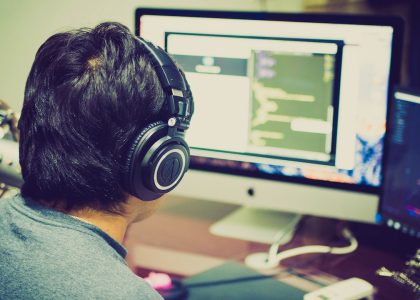The library, which is the physical spaces on campus by connecting devices in networks
resources, board surfaces, game boards and robots in education by embedding sensors
Internet of Things applications have become possible.
Student profiles, “classes, can be mapped to physical campus areas such as “labs, libraries and gymnasiums” and
wearable devices can enable students to access desired content conveniently.
For example, library data includes check-in and check-out times, usage patterns, and which books are available.
can report that it is opened (Educause, 2014). These are all Internet of Things technologies.
can be made possible by integrating it into educational environments.
Today, in educational environments, the Internet of Things and Smart Technologies
The current applications are listed as follows (e-Learning Industry, 2016):
- Interactive boards
- Cameras and video
- Tablets and eBooks
- Student ID cards with sensors
- 3D printers
- Intelligent heating, cooling and ventilation systems
- Temperature sensors
- Monitoring systems
- Network-based door locks



